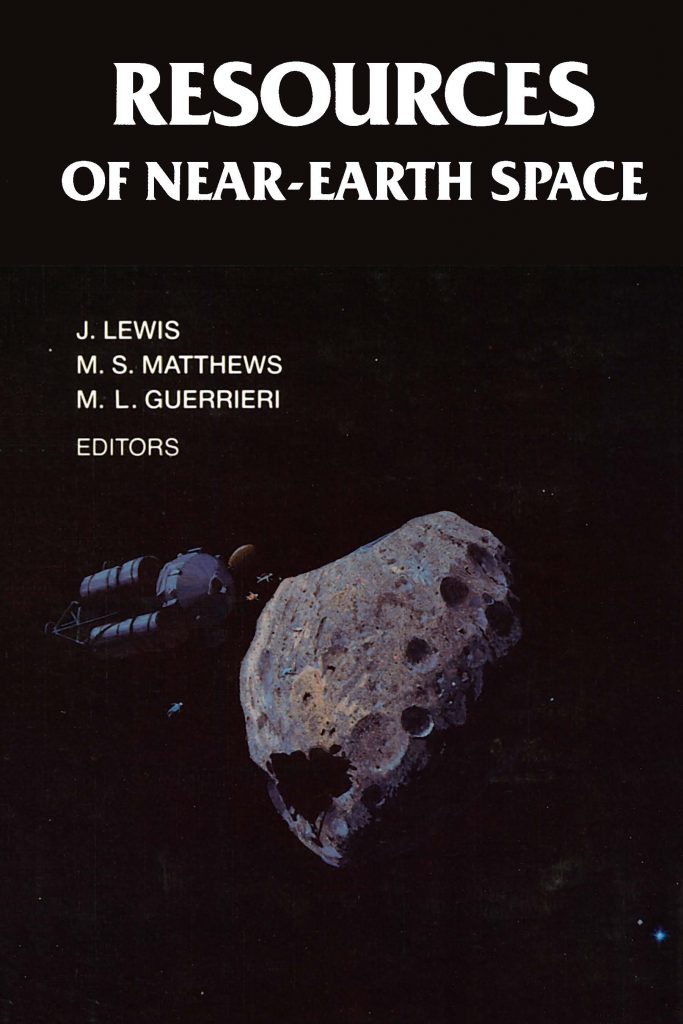Resources of Near-Earth Space
Ebooks (Open Access)
Read Online
Originally published in 1993 From the original publication: A base on the Moon, an expedition to Mars. . . . Some time in the near future, for scientific or cultural reasons, humanity will likely decide to pursue one of these fantastic ventures in space. How can we increase the scope and reduce the cost of these ambitious activities?
The parts of the solar system that are most accessible from Earth—the Moon, the near-Earth asteroids, Mars and its moons—are rich in materials of great potential value to humanity. Resources of Near-Earth Space explores the possibilities both of utilizing these materials to produce propellants, structural metals, refractories, life-support fluids, and other materials on site to reduce the costs of space exploration, and of providing a source of materials and energy for our own planet that would not be environmentally destructive to Earth.This volume summarizes the present state of the art in attempts to realize these possibilities: identifying the resources, mining and processing, transportation, and economics. As a broad survey of a rapidly evolving field, it is intended as a technical introduction to the use of nonterrestrial materials for scientists, engineers, and industrial and governmental project managers who seek to make space more accessible.
The parts of the solar system that are most accessible from Earth—the Moon, the near-Earth asteroids, Mars and its moons—are rich in materials of great potential value to humanity. Resources of Near-Earth Space explores the possibilities both of utilizing these materials to produce propellants, structural metals, refractories, life-support fluids, and other materials on site to reduce the costs of space exploration, and of providing a source of materials and energy for our own planet that would not be environmentally destructive to Earth.This volume summarizes the present state of the art in attempts to realize these possibilities: identifying the resources, mining and processing, transportation, and economics. As a broad survey of a rapidly evolving field, it is intended as a technical introduction to the use of nonterrestrial materials for scientists, engineers, and industrial and governmental project managers who seek to make space more accessible.
"Not only does it deal, in a broad and timely way, with the next giant step in our use of space, but it also actively encourages us to look forward to the harnessing of the energy and material resources of nearby space. . . . An excellent and thought-provoking book." —The Observatory
 The University of Arizona Press
The University of Arizona Press

